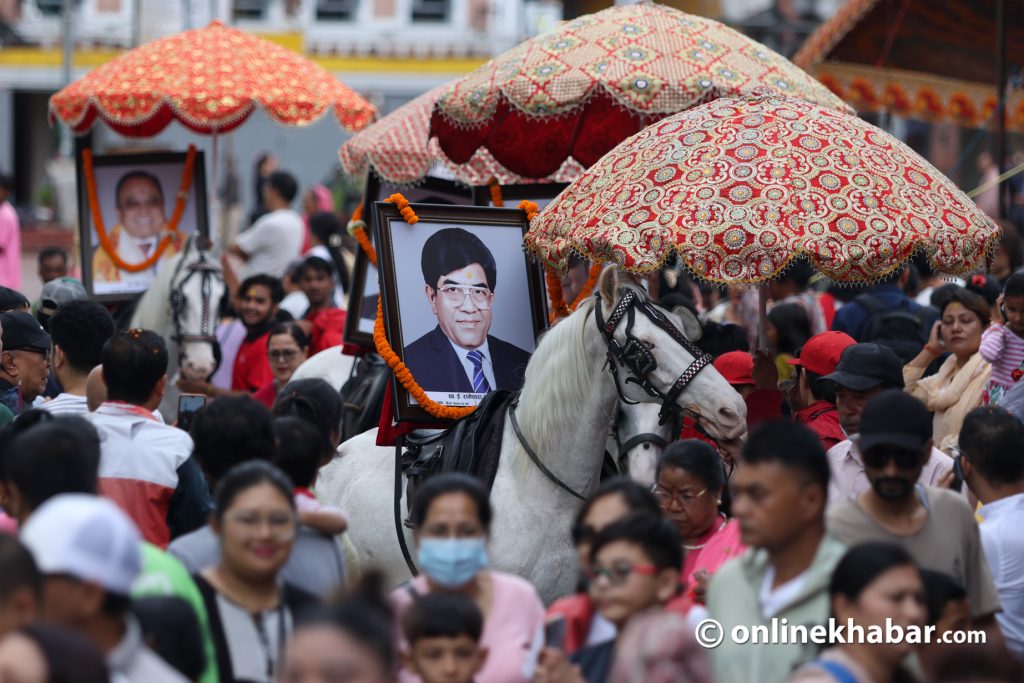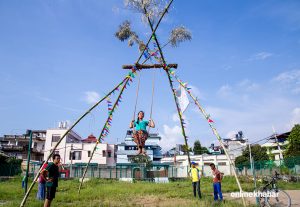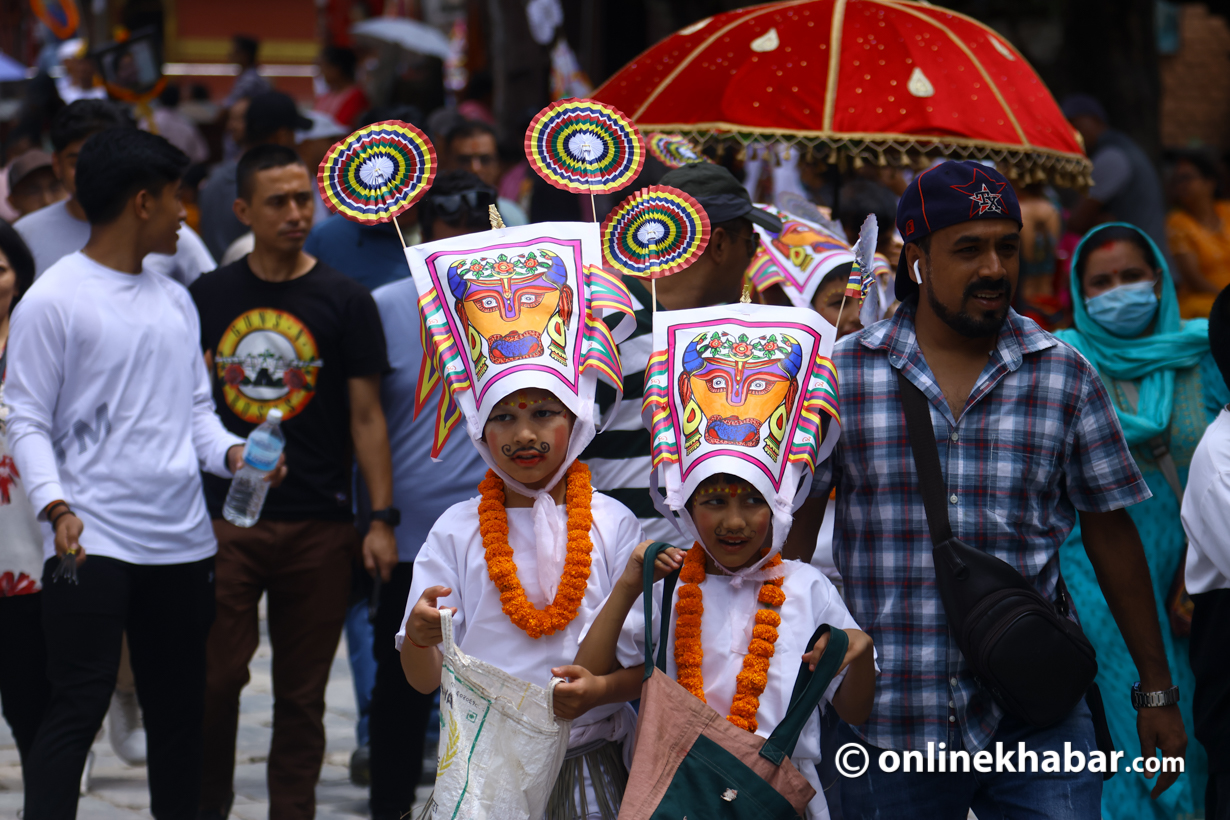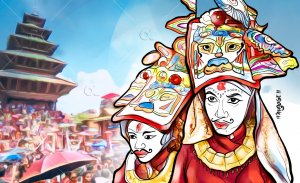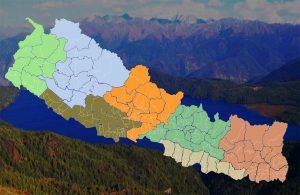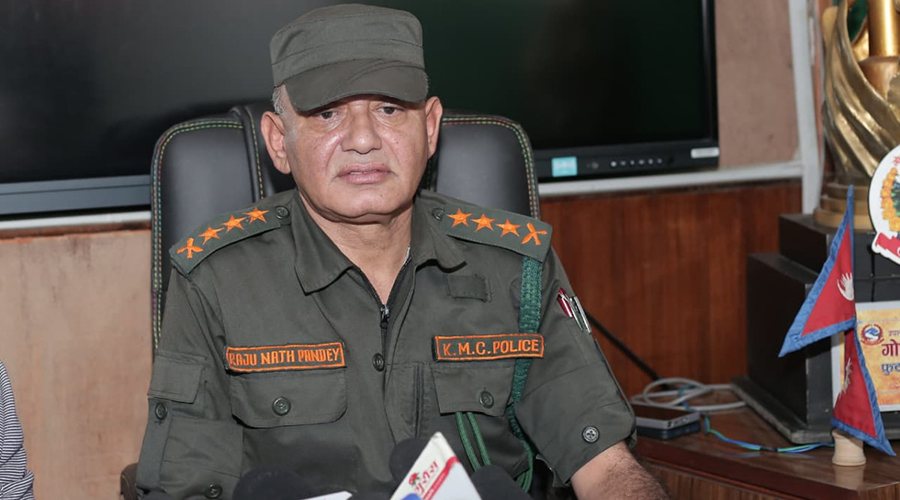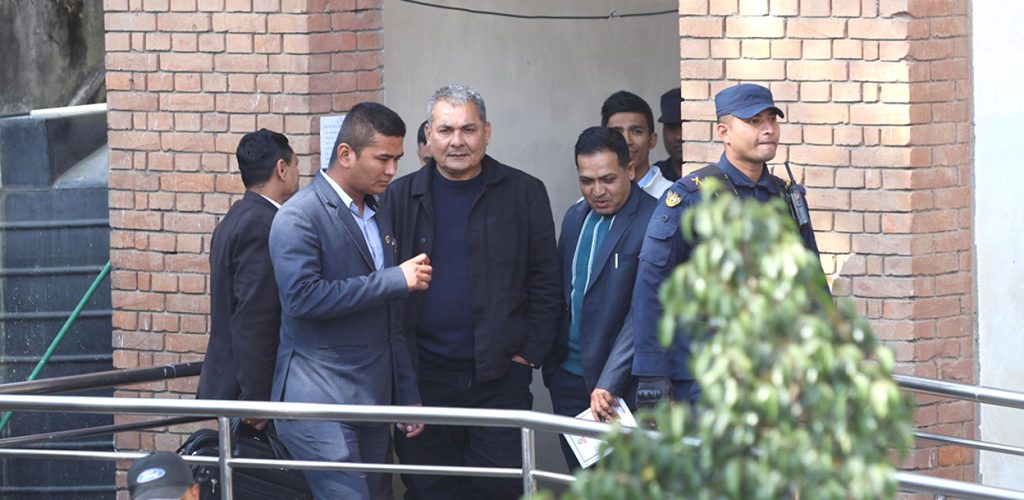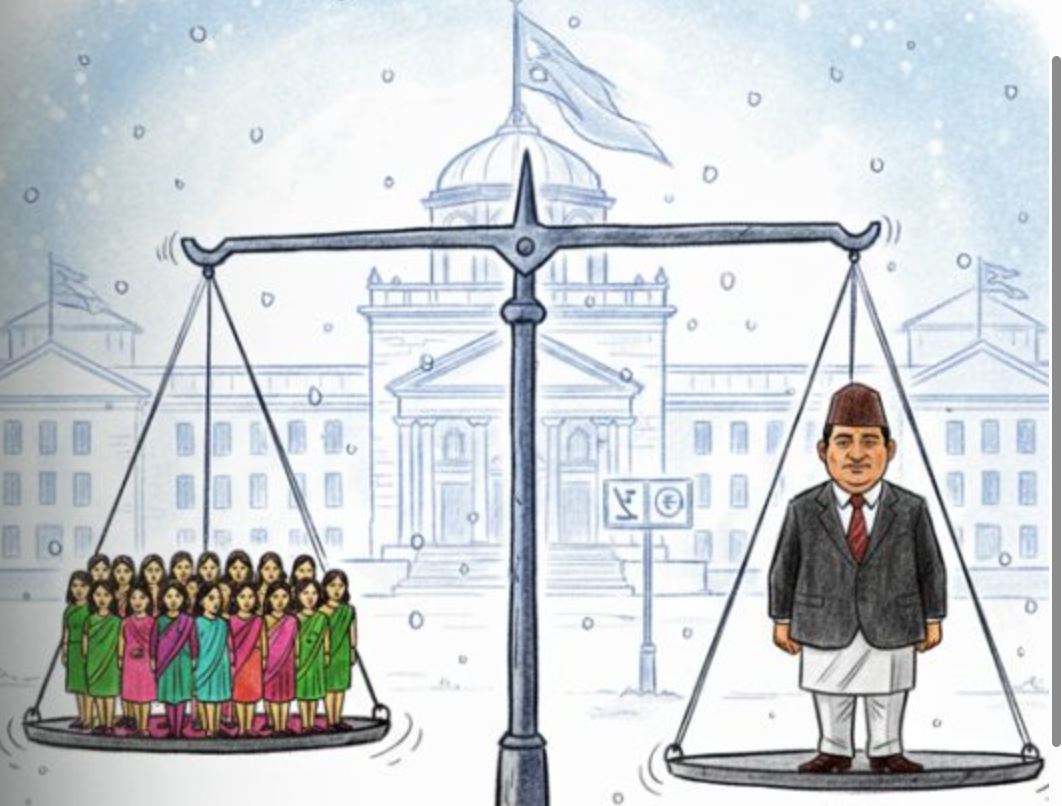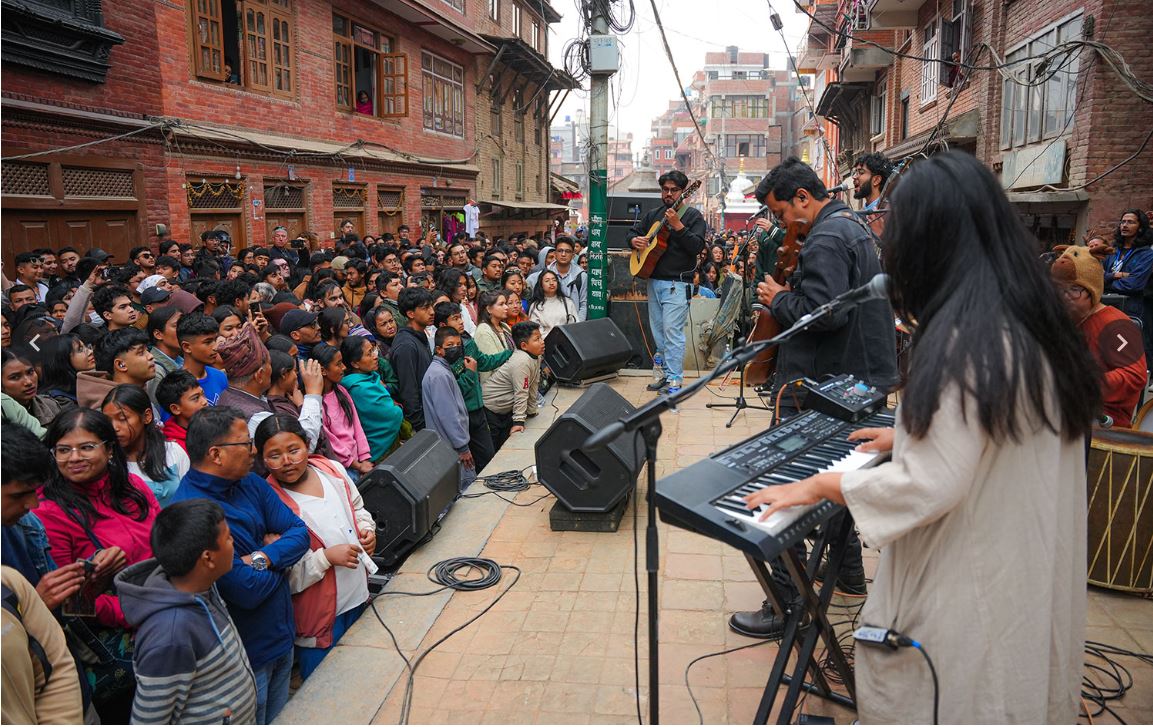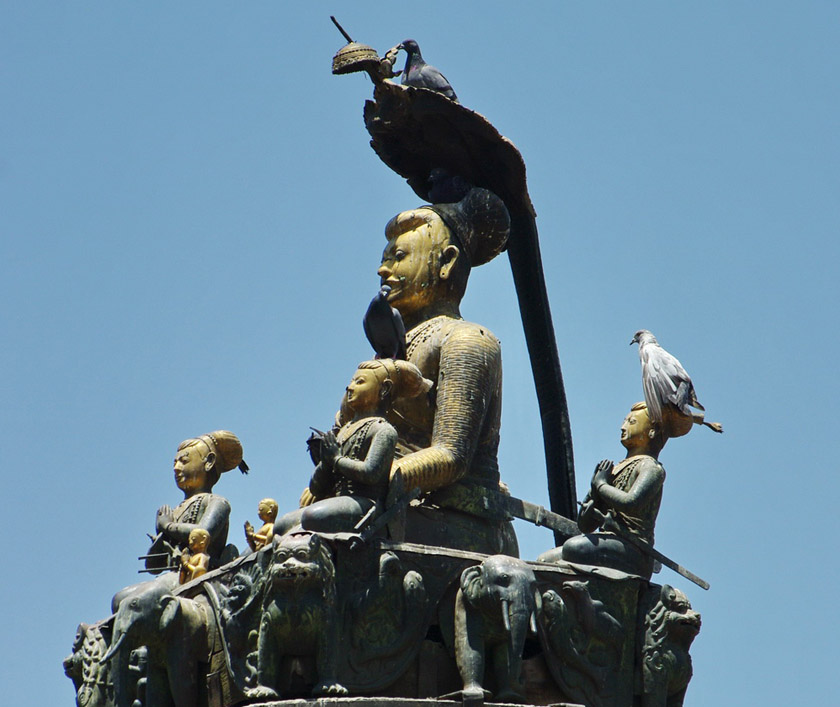
Who started Gaijatra (also spelt as Gai Jatra), also known as the festival of cows, in Nepal? The answer to this question is simple for many people.
“It’s Pratap Malla, the 17th-century king of Kantipur,” is the usual retort. “When Pratap Malla’s son died at a young age, his wife mourned the demise of the young prince. To console her, Pratap Malla passed an edict calling on all city residents whose relatives had died in the year to dress as cows. He did this so that he could show the queen that it was not just the royal family that had lost a loved one.”
But, it would come as a surprise to many that historians have not found convincing evidence that the Malla king, who gave himself the title of ‘Kabindra’ (the king of poets), started the festival. Some historians even argue that the festival’s origins could be traced to the pre-Vedic period. Historian and writer Gautama Vajra Vajracharya firmly believes that the rituals of Gaijatra preceded the Malla king famous for his vanity. “Partap Malla did not start Gaijatra,” Vajracharya, one of the key figures in the Nepali historical revisionism announced at an event in Martin Chautari in 2017. His argument: many people associate the festival with the Mallas because, during those times, anything good that happened in the country had to be associated with the monarch.
The myth busted

During the event organised to mark the launch of his book Nepalese Seasons: Rain and Ritual, Vajracharya added that the festival would not have been celebrated by Newars outside of the historic township of Kathmandu if it were indeed started by Pratap Malla, believed to have ruled over Kathmandu between 1641–74 AD. Historian Dinesh Raj Panta adds to Vajrachary’s take on the issue. “Pratap Malla could not have been the one to start the festival. Gaijatra is celebrated with more vigour and enthusiasm in Patan and Bhaktapur than in Kantipur (Kathmandu). Do you think this would have been the case had a king of Kathmandu started the festival?, argued Panta. He added that the kings during the time were ‘egotistical’ and said anything to make sure they had their subjects’ attention at all times.
“There was so much hatred amongst the kings I would doubt it would have been celebrated in the other cities had it been started by Pratap Malla. Plus there is no written proof that Pratap Malla started the jatra. For a king who was fond of writing, he would have put it on record if he had indeed started the festival,” added Panta.
Panta does not even agree that the festival was first started to remember the dead during the Malla rule. Even Vajrachara in the Martin Chautari lecture stressed that the procession of remembering the dead was just a ‘second-layer development in evolution. “I do not believe that too was started by Malla. There isn’t any written proof to support the claim,” he said. Vajracharya continued that the satirical aspect was started by the people in order to lighten up their mood, and not because the king issued a decree allowing people to express themselves without fear of punishment.
So how did the festival start?
Vajracharya, during another seminar at Hotel Himalaya in 2018, provided more insights into the Gaijatra story. Here he argued that the festival might have started before the Malla period.
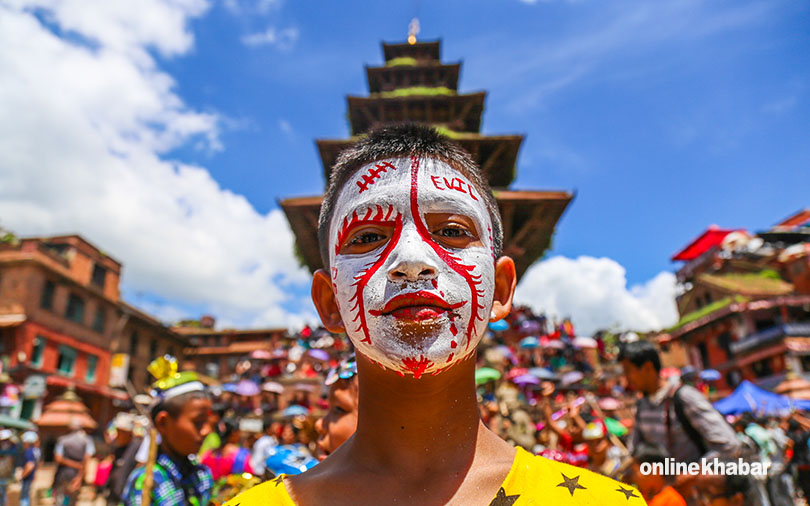
He stated that he’s also heard a lot of stories about brishotsarga, the ‘release of a bull’ which support his theory related to Gaijatra. The story, according to Vajrachary, states the farmers in South Asia felt that autumn was the perfect time for cattle to mate. This was why they paired their cows and bulls around Govardhan Puja (sometime in September/October). This was done because people knew that during the monsoon, there would be plenty of grass for the cow to graze on. That would be beneficial for both the cows and its baby. “ The cow that is impregnated during Tihar, will duly give birth around Gaijatra,” he added.
How did the Pratap Malla story circulate?
School textbooks in Nepal still continue to attribute the festival to Pratap Malla, without providing evidence to support the claim. Historians believe that this led the masses to believe in the story without questioning it. Regardless of who started Gaijatra, the festival provides a unique glimpse into the lives of the Newars in the valley and it continues to be observed as one of the biggest festivals of Kathmandu, Lalitpur, and Bhaktapur.
Originally published on August 19, 2016







